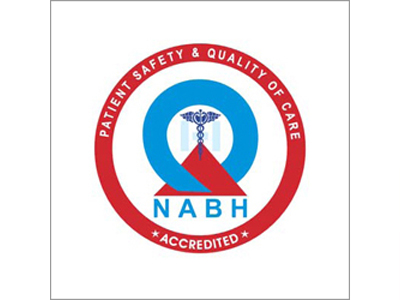Dr Taraprasad Das and colleagues from the Indian Oil Centre for Rural Eye Health, Mithu Tulsi Chanrai Campus and GPR ICARE, L. V. Prasad Eye Institute, report on their survey to estimate the prevalence of various disabilities in the tribal district of Rayagada, Odisha. The survey had over 100,000 respondents and found that both seeing and hearing disabilities were higher in the current cohort; multiple other disabilities were less than the state and national average.
Disability is a complex and contested term that maps the interactions between a person’s impairments and their environment. The WHO estimates that about 15% of the world’s population—or about a billion people—live with some form of disability. As the former-Director General of WHO, Dr Margaret Chan noted, 'Across the world, people with disabilities have poorer health outcomes, lower education achievements, less economic participation and higher rates of poverty than people without disabilities.' Historically, data on disability is scarce particularly in developing countries like India. Therefore, data collection is critical to formulating and implementing disability-inclusive policies and programs.
As part of the Tribal Odisha Eye Disease Study (TOES), a new disability-inclusive eye health survey by Dr Taraprasad Das and his team is an important step toward addressing this data scarcity. Conducted in 2017, the survey is the first population-based survey documenting disabilities and eye health in Rayagada, a tribal district of Odisha in eastern India. It covers a population of 100,000 people in the catchment area of LVPEI’s community/secondary eye care centre in the region. The study identified people with disabilities, provided care to people with severe vision impairment (presenting vision less than 6/60), and facilitated care for other disabilities through Odisha’s public health system. The Tribal Odisha Eye Disease Study (TOES) reports are a systematic evaluation of various eye health aspects of people in the tribal districts of Odisha, India. This disability-inclusive eye health survey is the tenth in a series of reports that have been produced so far in this evaluation.
The survey found that 2.8% of the population had a disability, with severe vision impairment at 1.3%. Vision and hearing impairments were the most common disabilities in the elderly population. It also found seeing and hearing disabilities were higher than the 2011 state and national disability census, while mobility and multiple disabilities were significantly less. The survey also noted the prevalence of vision impairment at 9.4% of the population.
The authors are hopeful that the survey draws the attention of the Odisha Government and other organizations working in the disability sector. They note that the study results will be useful for program and policy planning purposes.
'An integrated care that combines two common disabilities, seeing and hearing, and appropriate measures including availability of inexpensive devices to enhance the remaining vision and hearing would benefit the elderly by improving their quality of life,' noted Dr Taraprasad Das, Distinguished Ophthalmologist and Vice-Chair Emeritus at the L V Prasad Eye Institute (LVPEI).
If you want to receive more such articles in your inbox, do subscribe to the LVPEI Science PubList mailing list.
Citation
Rathi VM, Williams JD, Rajshekar V, Khanna RC, Das T. Tribal Odisha Eye Disease Study (TOES). Report # 10. Disability inclusive eye health survey in a tribal district (Rayagada) in Odisha, India. Indian J Ophthalmol. 2022 Mar;70(3):976-981. doi: 10.4103/ijo.IJO_1887_21. PMID: 35225555; PMCID: PMC9114597.


